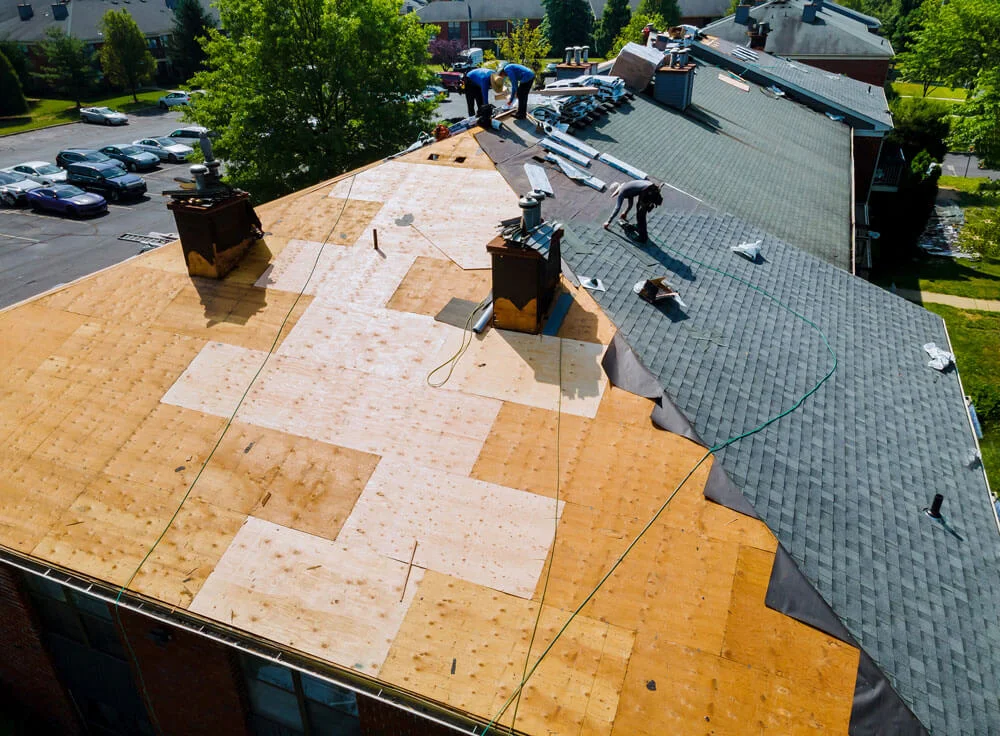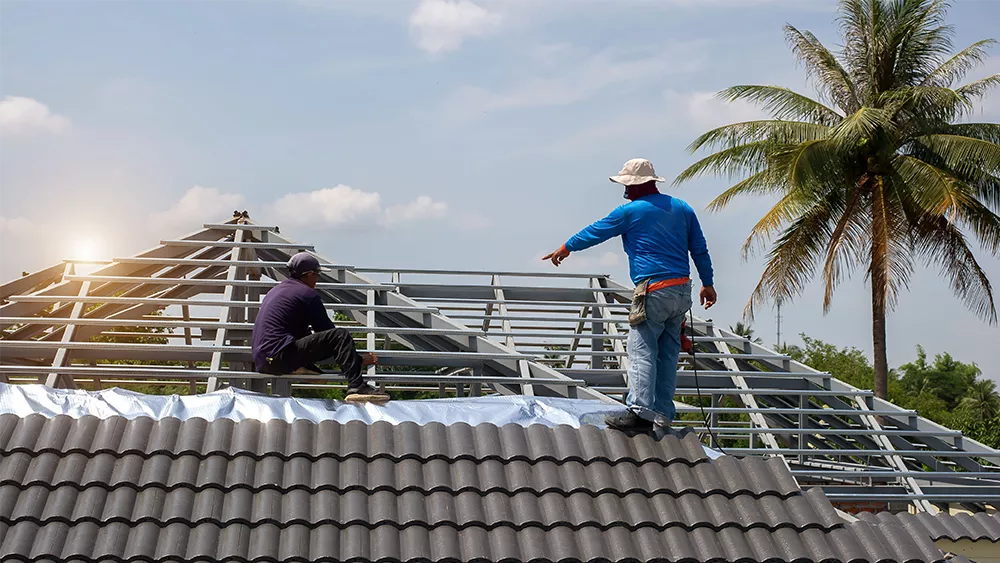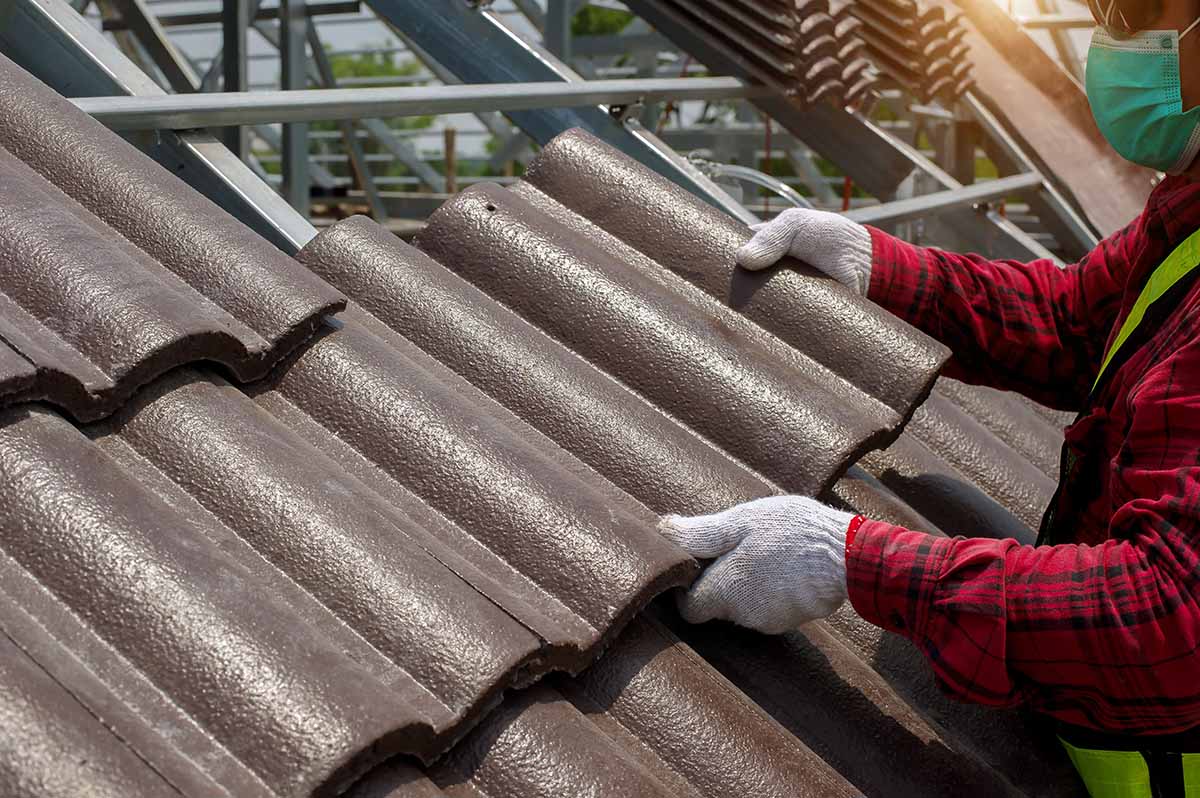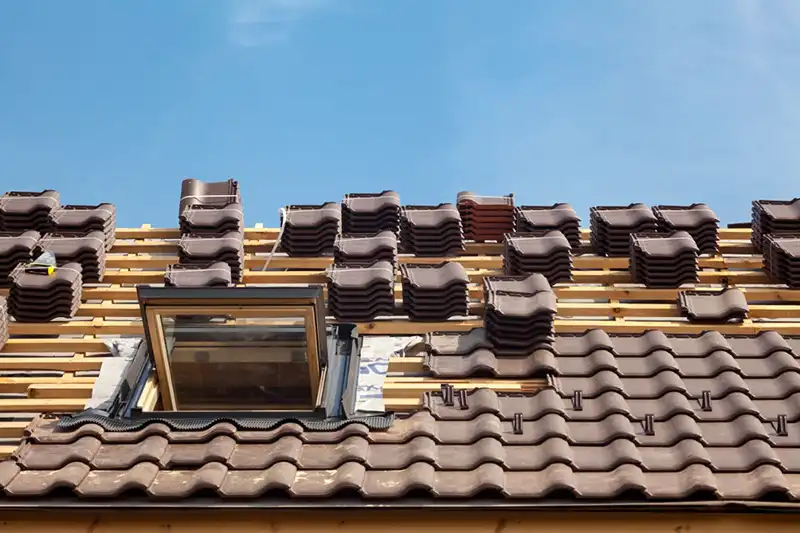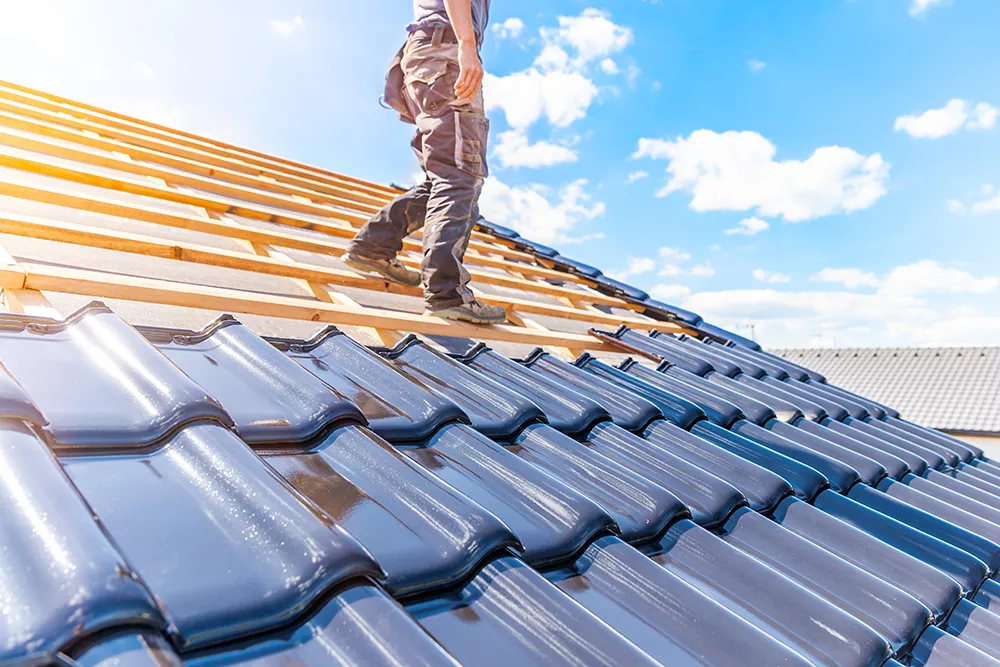
License Number is CCC1329471
- Orlando: (407) 277-4963 | Fort Myers: (239) 747-6577 | The Villages: (352) 437-6557
- info@rhynerestoration.com
- Corporate Office: 6765 Narcoossee Rd Suite 118 Orlando, FL 32822
- Fort Myers Office: 3677 Central AveSuite K Fort Myers, FL 33901
- Mon - Fri: 8:00 AM - 6:00 PM | Sat & Sun: Closed
Quick Links
Copyright © 2024 – All Rights Reserved – Privacy Policy

